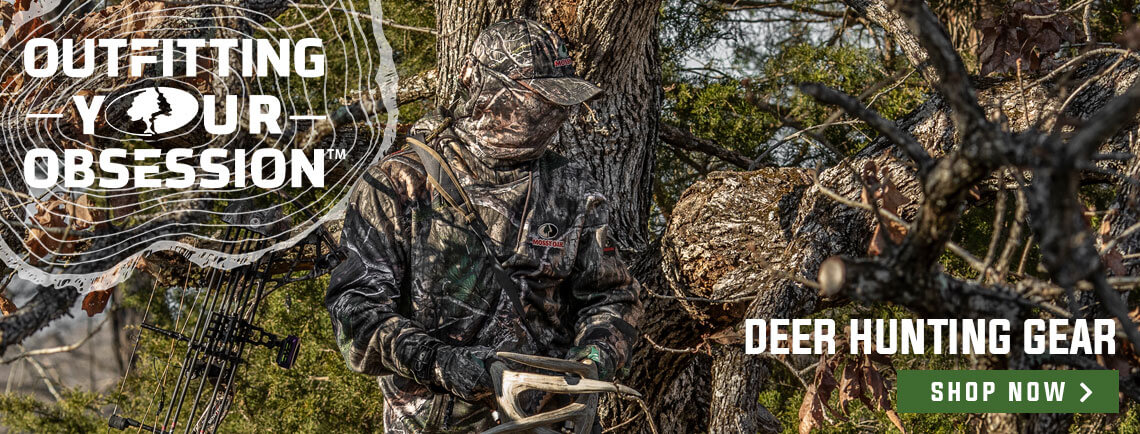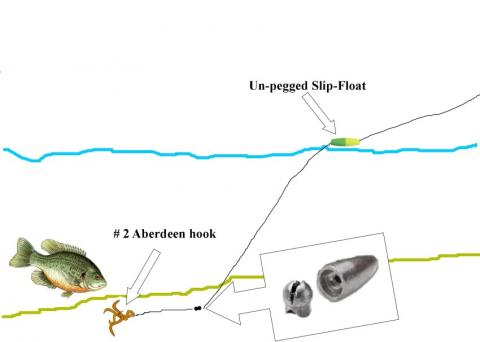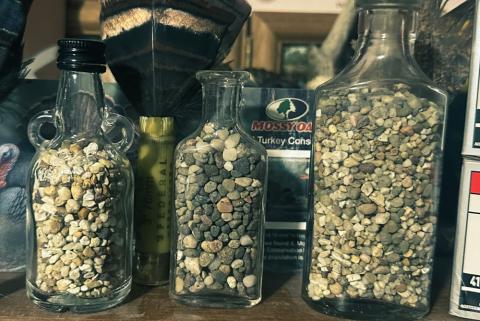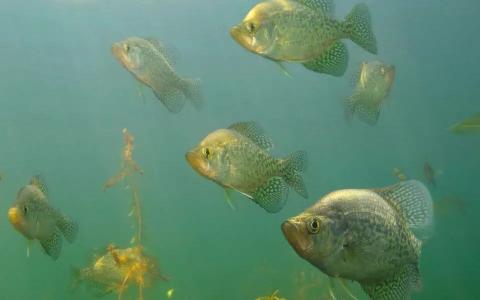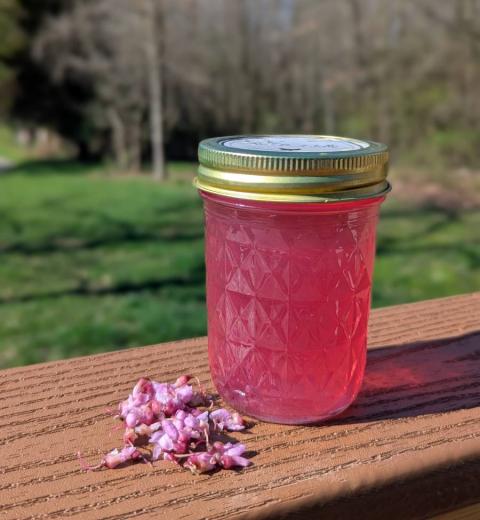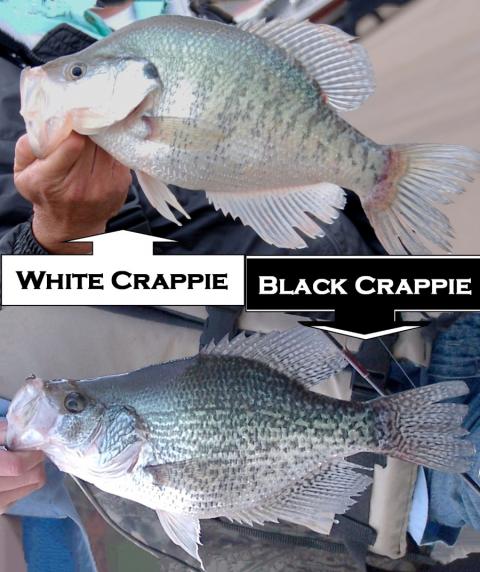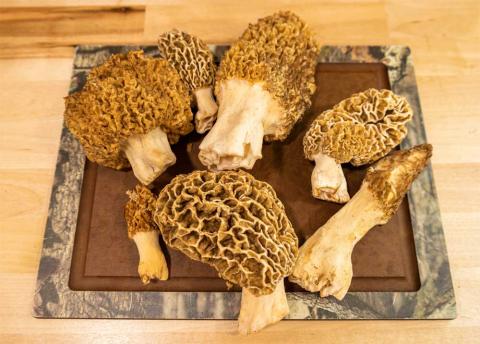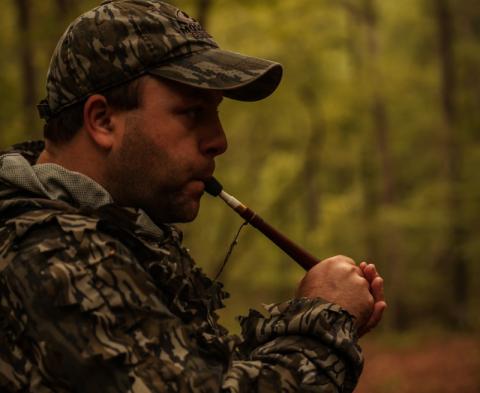Bob Humphrey
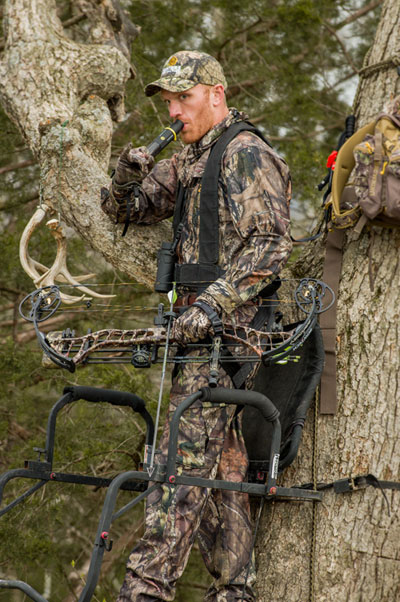
A young hunter once asked if deer only talk during deer season. It is a logical question because the young hunter is only in the whitetail woods during deer season. Certain vocalizations may be used more during the rut than others, but whitetail deer communicate with vocalizations all year. In fact, whitetails have a diverse and complex vocabulary, but if you only learn a handful of calls, these are the ones you need to know.
Contact Call — Deer are social animals and when a member of a social group finds itself out of sight of the others, it may utter a contact call or grunt. This low, guttural, nondescript single-note grunt is difficult to pinpoint the location of. It’s a bit like saying: “In case you were wondering, I’m right over here.”
When you hear deer making a grunt call, nothing should alarm you. It doesn't mean the herd is going to blow the area out. Hunters often use a grunt call to draw deer in range. You might use this if there is a group of deer milling around in thick cover and you want to coax at least one into coming your way. It works equally well on bucks and does.
Fawn Bleat — This high-pitched, drawn-out call (made with a tube or can) is intended to draw in a doe by appealing to her maternal instinct. It works best early in the season but can work any time, and might even draw in a curious buck. The lost fawn bleat is a more emphatic version that should be used sparingly. It may scare deer, but if it works, they’ll come in quickly.
If you use a fawn-belat call, don't be surprised if a curious coyote or bobcat comes to the call. Predators are always on the lookout for a lost fawn. If you are hunting in bear country, you may want to reconsider using a bleat call.
Tending Grunt — This repetition of short, quick grunts simulates a buck that is tending or pursuing a hot doe. Hunters who have heard it know it’s time to get ready for a shot. Bucks that hear it know love is in the air and they might want to check it out.
If there are a lot of deer in the area and you hear a tending grunt call, you should be ready for a quick shot. Bucks will appear out of nowhere to see if a hot doe is in the area. Archery hunters should have their bow in hand. The doe is often on the move, and the buck will be close behind.
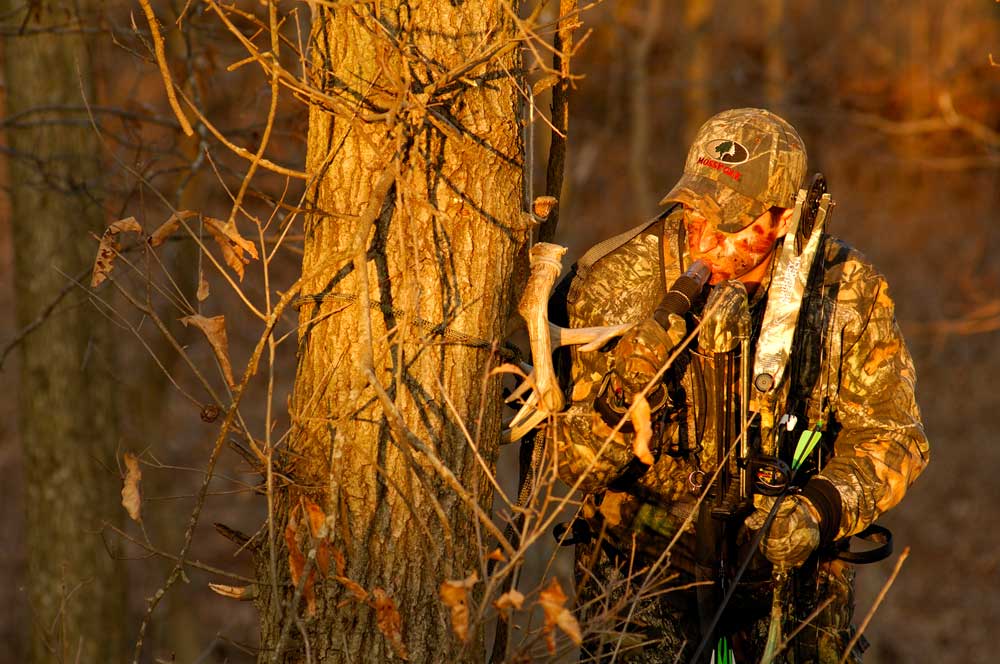
Snort-Wheeze — A plain old snort is a call you never want to make because it’s a warning from one deer to all others that there’s something wrong. The snort-wheeze, on the other hand, is a warning from one (dominant) buck to another (subordinate) one that they’d better back down or there will be trouble. It may intimidate other smaller bucks but if there’s a big buck with a bad attitude within hearing, you’ve got a good chance of luring him in.
The snort-wheeze is also a call that many whitetail hunters use in desperation. Especially if a target buck seems to be leaving the area, it can draw a dominant buck back toward the location of the snort-wheeze. It doesn't have to be a desperation call, but many hunters don’t want to chance spooking the buck until they are sure he has decided to leave.
Rattling — No, it’s not a “vocalization,” but simulating the sound of two bucks sparring or fighting probably calls in more deer than any other human-generated sound, short of a spin feeder. Start softly in the early season and early in the day to mimic a shoving match or modest sparring. As the rut intensifies, get more aggressive. And don’t give up. Rattle for a few minutes, wait 20 minutes and rattle again. It may take two or three bouts to get a response. And watch carefully for bucks slipping around downwind to scent check the commotion before exposing themselves to potential danger.
One strategy that works well during the rut is having a hunting buddy rattling behind you while you watch for approaching bucks. The person doing the rattling should kick leaves, hit a grunt call and rattle at the same time. The key is to make all the sounds that two bucks locked in battle might make.
The next time you're in a deer blind with a young hunter, take the time to explain the sounds they may hear deer make. It's a great learning opportunity for both of you. You get a chance to pass your knowledge down, and they get a chance to learn more about whitetail. More times than not, it spurs interest and generates questions you have never thought about. It is surprising how eager young hunters are to learn more about deer hunting and deer calls. Someday, they will pass it on to another generation.

